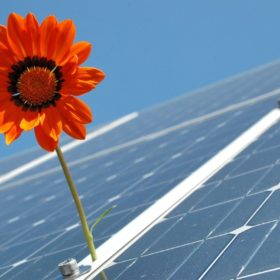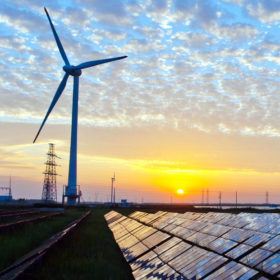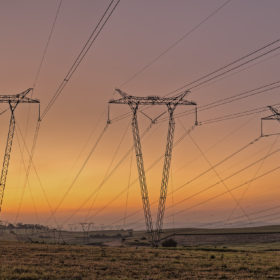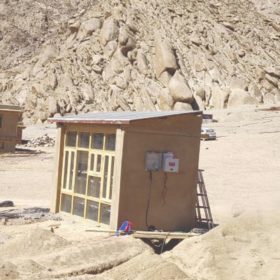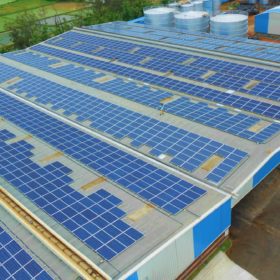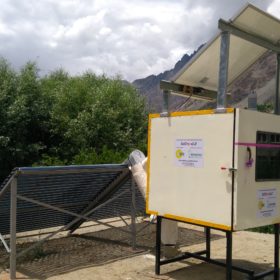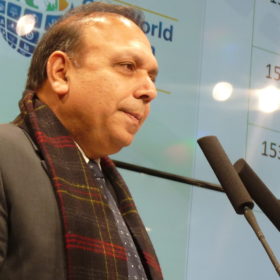Study explores feasibility of North India’s renewables transition
The region could, by 2050, cut greenhouse gas emissions from power, heat, transport and desalination which are expected to add up to more than 825 metric tons of carbon dioxide equivalent this year. Such a transition could be perfectly possible, technically and financially.
Modi loosens the purse strings to help struggling state utilities
Covid-19 hits to demand and bill payment collection have worsened the plight of the nation’s already debt-crippled power distribution companies, prompting the government to order an exceptional relaxation of lending limits.
GE T&D India wins a Jammu & Kashmir project to help deliver 24/7 power
Under the order worth around Rs 1730 crore, the power transmission and distribution player’s latest supervisory control and data acquisition and advanced distribution management solution technology will help deliver 24×7 reliable power to the people of the twin cities of Jammu and Kashmir.
Visaka’s solar roofing to power battery houses for Indian Army in Ladakh
The solar battery house—an innovative design by education reformist Sonam Wangchuk—will shelter soldiers of the Indian Army from the extreme Ladakhi winters.
Jammu & Kashmir presents a Rs11,000-crore solar opportunity by 2022: Care Ratings
The state with power deficit of up to 20% provides the opportunity to scale up the solar capacity to 2 GW by 2022, which would require an investment of Rs11,000 crore.
TERI and Cadmus launch rooftop solar market aggregator program
The I-SMART program aims to aggregate demand for 1 GW rooftop solar systems across four states and two union territories. It simplifies rooftop solar installation by providing a range of services both to the partner installers and prospective customers on a single-window web portal.
SECI tenders 2 MW solar project for army posts in Jammu & Kashmir
Solar Energy Corporation of India (SECI) has invited bids for development of 2 MW solar PV power projects—1 MW each for Siachen and Partapur army posts—in Leh region of Jammu & Kashmir. The projects are to be developed on ‘build, own operate’ basis.
NISE amends solar dryer tender for Jammu and Kashmir
The National Institute of Solar Energy has invited bids to fabricate, supply, install and commission 800 solar dryer cum space heating systems in Jammu and Kashmir. The systems will be installed in the Leh and Kargil regions in a phased manner. The deadline for bid submissions is May 24, with technical bids opening on May 27.
SECI goes into overdrive with 6 GW tender plans announced in five days
The organization responsible for coordinating India’s push for 100 GW of new solar capacity by 2022 has had a busy week. But, as last year illustrated, tenders alone are not always a guarantee of new generation assets.
Planned 5 GW Ladakh solar plant will be ‘the world’s largest’
Known as the “roof of the world,” the scenic Ladakh region in the Indian state of Jammu and Kashmir will soon host the world’s largest single-location PV plant.
